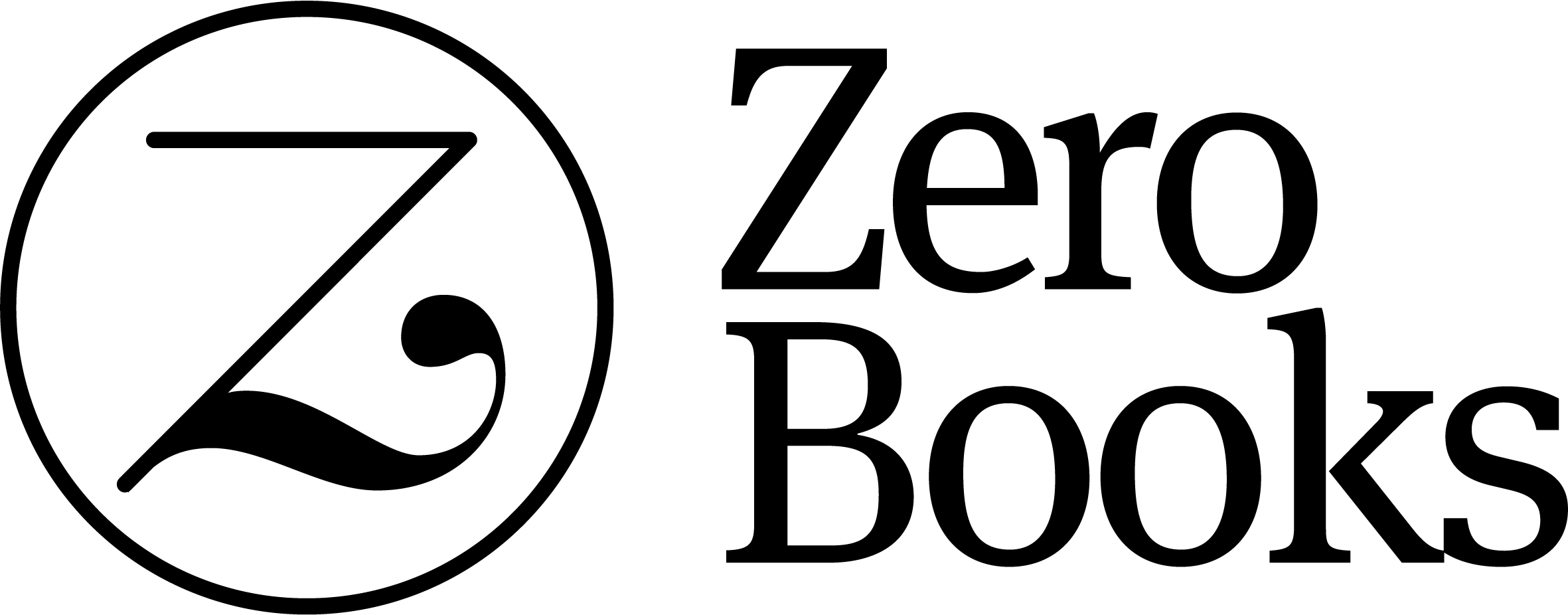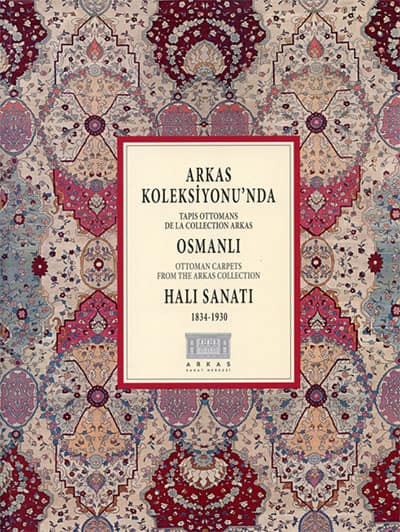The classical period of Ottoman court carpets, the production of which have continued throughout the six hundred year history of the Ottoman Empire, starts with the XVIth century. During the XVIIth and the XVIIIth centuries important carpet weaving centers in Anatolia come to prominence, whereas in the XIXth a new period of palace carpet weaving opens up with the establishment of the Istanbul Feshane and Izmit Hereke carpet weaving factories. By the end of the XIXth century, very precious carpets that continued the imperial tradition were woven in the workshops in Kumkapı district of Istanbul. Today, except for those who remain in museum collections, the number of specimens from the Feshane and Kumkapı carpets are very limited. Therefore scientific studies on these carpets remain limited as well. The Feshane-i Hümayun (The Imperial Fez Factory), founded in 1834 during the reign of Sultan Mahmud II to provide for the army's needs for fabric and fezzes, also produced carpets for the court and royal residences. The Feshane carpets, the likes of which are impossible to manufacture today, were either produced for the exclusive use of the members of the court or for the sultan to send as gifts to foreign rulers, and can be found within a limited number of collections worldwide. In the same period, Hereke Fabrika-i Hümayunu (Hereke Imperial Factory) was founded for the production of silk and cotton fabric, and carpets of a very fine quality were woven in this factory for the furnishing of the palaces. The carpet weaving of Hereke is still prominent in the world today with a new understanding of design and technique as a symbol of quality and splendour. With the second half of the XIXth century, Sivas also came into prominence as a silk carpet weaving center. Carpet weaving masters were brought from Sivas and its provinces and were trained in Kumkapı in order to meet the carpet demand for the palaces.
246 pp, color figures, pb, in Turkish-English-French multilingual.




